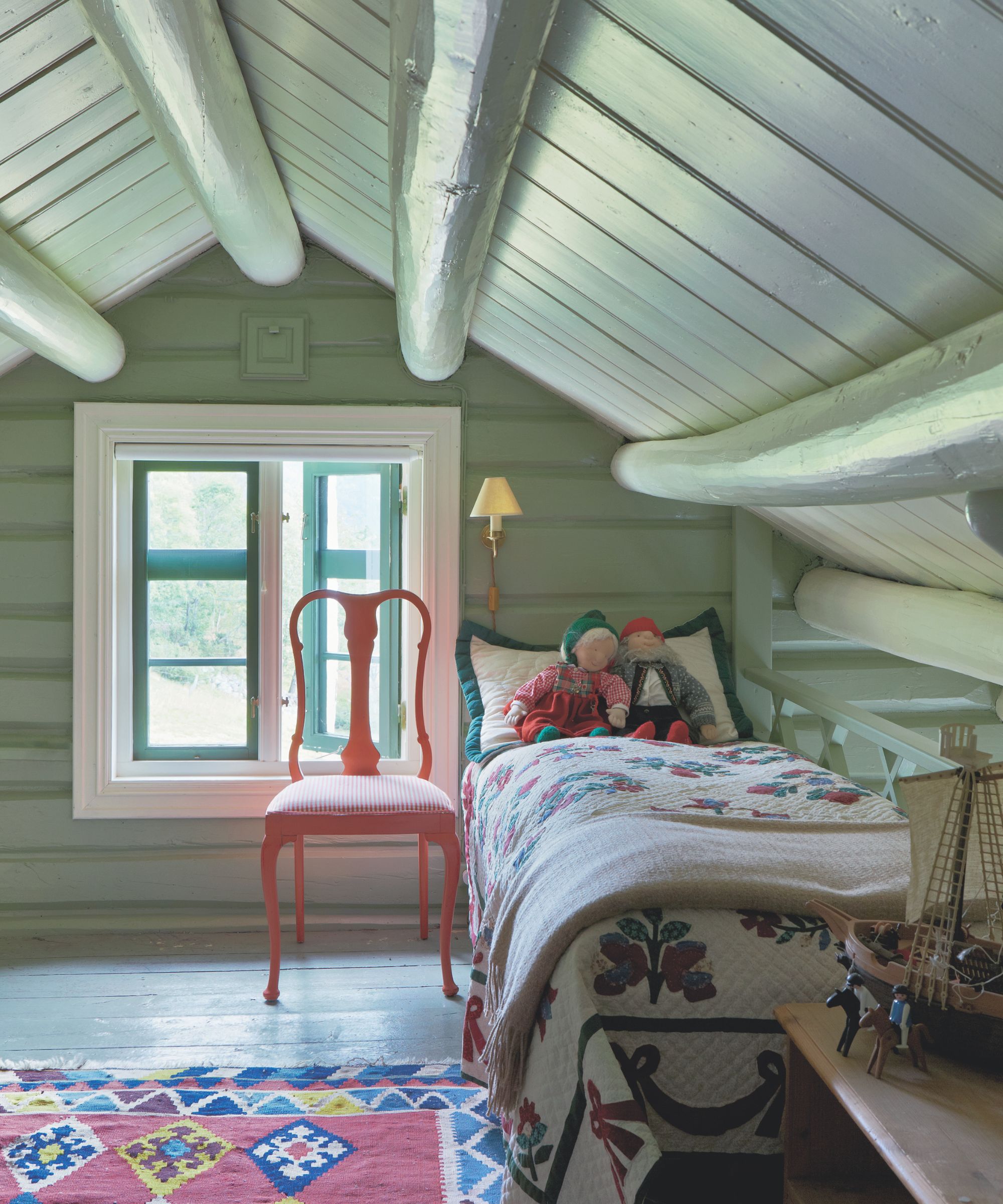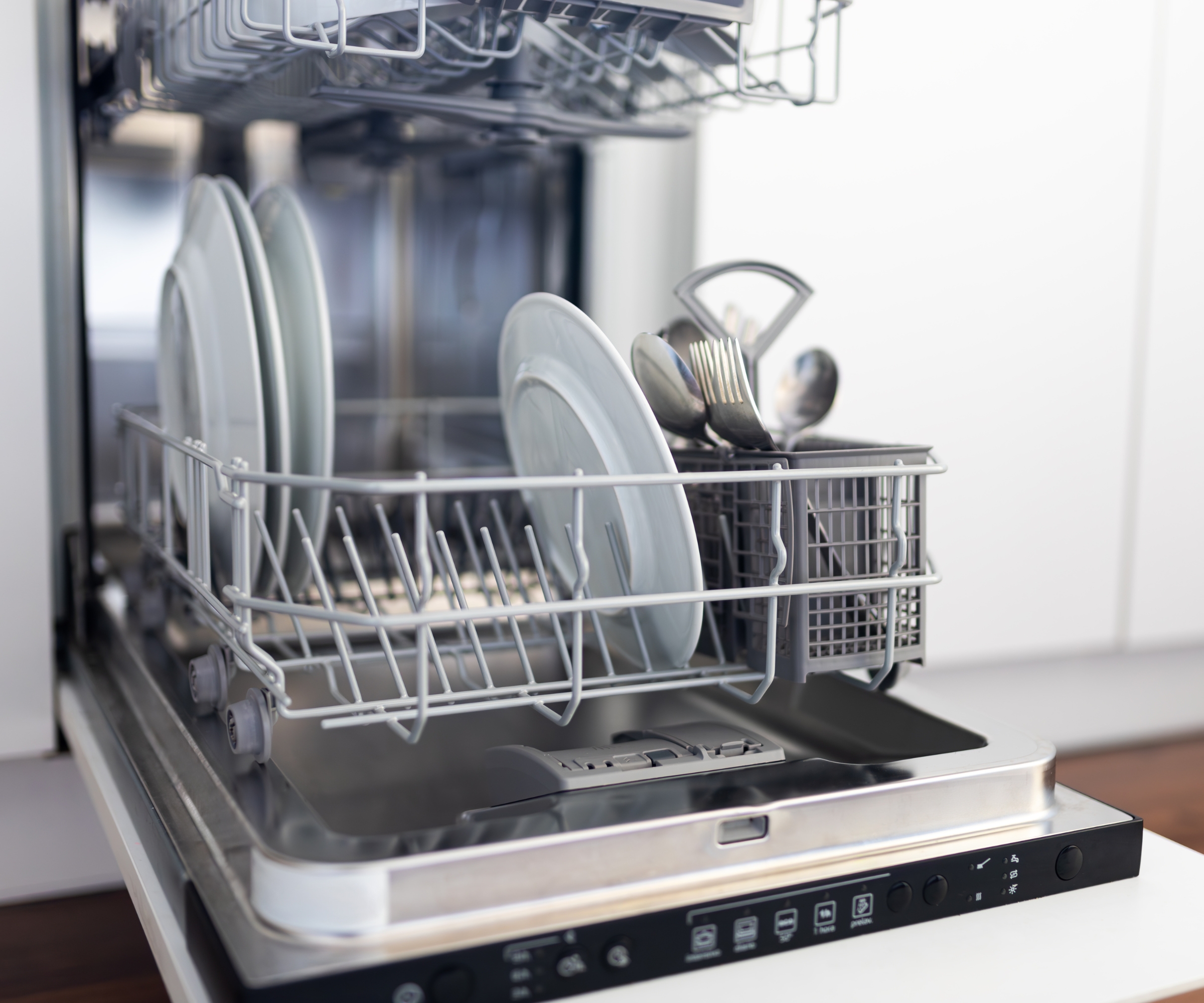I suffer from chronic pain and have restricted mobility, so every moment I spend on my feet has to be a) worthwhile and b) injury-free. That's why I'm really fond of the Pick Up and Place organising system, as it helps me keep my home tidy without putting a strain on myself.
The amusing thing is, I didn't know this 'thing' that I've always done to compensate for my poor health and my inability to spend hours standing on my feet tidying actually has a name. Specialists appreciate its straightforward nature, and here I'll reveal how this low-energy tidying method has had a significant impact on my home.
I'll be continuing into 2025 and onwards.
What is the Pick Up and Place method for managing clutter and household items?
In a nutshell, pick up something that's out of place and put it back in its proper position, or at least near it. This is something you should do as you move around your home on other errands. For example, while making your way to the kitchen to make a cup of coffee, pick up that now-dried towel on the railing, and put it back in the linen cupboard.
It advises you to 'bring one thing with you' every time you move to a new room, which would put an end to clutter for good.
Sabrina suggests it can be as simple as placing a water glass in the kitchen the next time you head over to make a cup of coffee, or taking your handbag from its spot near the entrance and putting it back in the wardrobe when you go in that direction.
Getting this technique into your daily routine around your home can help you clear out clutter. Here are four ways I use it every day, to show you how effective the Pick Up and Place organisational technique is and just how easily it can be done, even with mobility issues or pain like I experience:
1. Cleaning up after my child

Naturally, we assist her when she becomes stuck or overwhelmed.
He's not taking in the same amount of information as I do, his brain filters out loads of things and doesn't process them the same way I do.
That's why I use the Pick Up and Place method to relocate our daughter's used school uniform, nightclothes, hair clips, outgrown toys and exhausted snacks and drinks to their designed destinations.
I notice this when I'm moving around the house, particularly during school holidays and weekends when the mess gets worse due to more time spent at home.
To simplify managing my child's mess, it means placing storage solutions where mess tends to consistently occur, thereby preventing clutter from accumulating on the same surfaces repeatedly.
2. Putting laundry away

.
We've got two air drying racks in the kitchen-diner, and they're in use nearly all the time. With all that washing and drying going on, it can quickly add up, and there's always a need to put some clothes away. To avoid a big pile-up, I try to put some clothes away from each load as I'm doing other jobs in the day.
This towel doesn't just use less space when drying, taking up only a third of the space it would normally occupy, but it also allows for easier loading and unloading, reducing the likelihood of items being dropped on the floor.
(Note: remaining text not provided, if provided, I will paraphrase as requested)
- I save time with haste.
- Each person has a space above our bedroom furniture where freshly laundered clothing is put to be folded away. Mine is on a chest of drawers beside my side of the bed, my partner’s pile is on his side of the bed so he needs to clear it before going to sleep, and my daughter’s is in a designated shelving area within her wardrobe.
- Putting the washing away in batches throughout the day means the piles reduce gradually and by bedtime, each new item is returned to its rightful place. For instance, when my daughter reads to me as part of her bedtime routine, I hang her clothes back in their place. My husband does it whenever I'm reading to our daughter and vice versa.
3. Unloading the dishwasher

Leaving the door shut with steam trapped inside can lead to the growth of mould.
You can't bend down without struggling, so you usually just clear out the upper cutlery drawer in the dishwasher, while it's your husband who deals with the lower shelves that hold the mugs, plates and larger dinner plates.
we swear by.
- servicing a detained serve and bereavement of convolution pharmacopoeia tea cups

.
For space, our use of mugs has risen exponentially, and though it's not a great habit, we do tend to work through lunch back here, eating at our desks.
That's why whenever we move between the study and the kitchen or anywhere downstairs, we take used dishes and cups from our workspace and immediately put them in the sink, to avoid having a heap of dirty dishes accumulating in the study.
I need to keep hold of the banister when I'm going downstairs, so I usually only have one hand free to carry things. Instead of leaving items behind at the end of the day, I take multiple trips to keep my pile of dirty dishes to a minimum.
Fill your home with 40 methods we've tried and tested ourselves for inspiration on tips, tricks, and hacks to make home maintenance a breeze.

